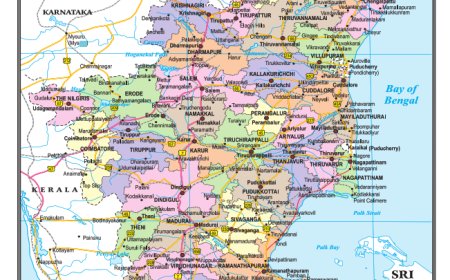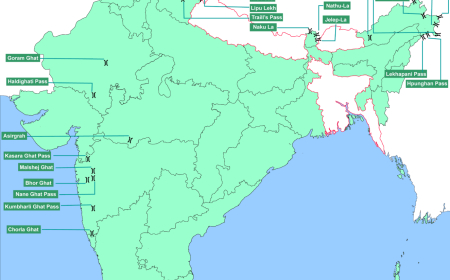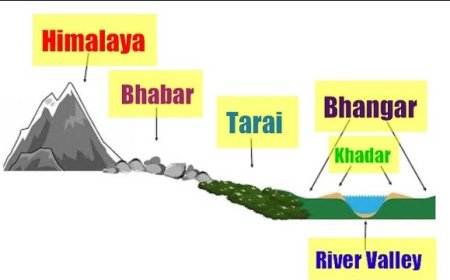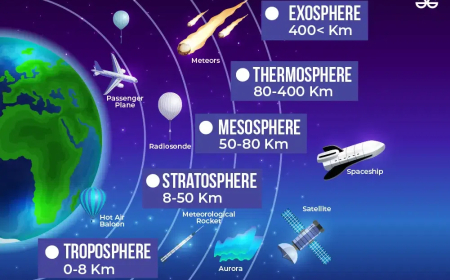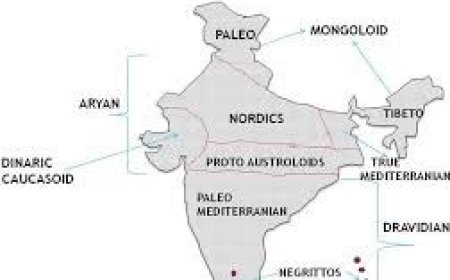Linguistic Groups
Linguistic Groups
Linguistic Groups
- Language- Status, Linguistic Families with all subgroups,
- Major Languages as per constitution,
- Classical Languages- Criteria, List-First Year, Latest year.
- Dialect- Meaning, In India and Tamilnadu
- Comparison of Language and Dialect.
What's Your Reaction?







